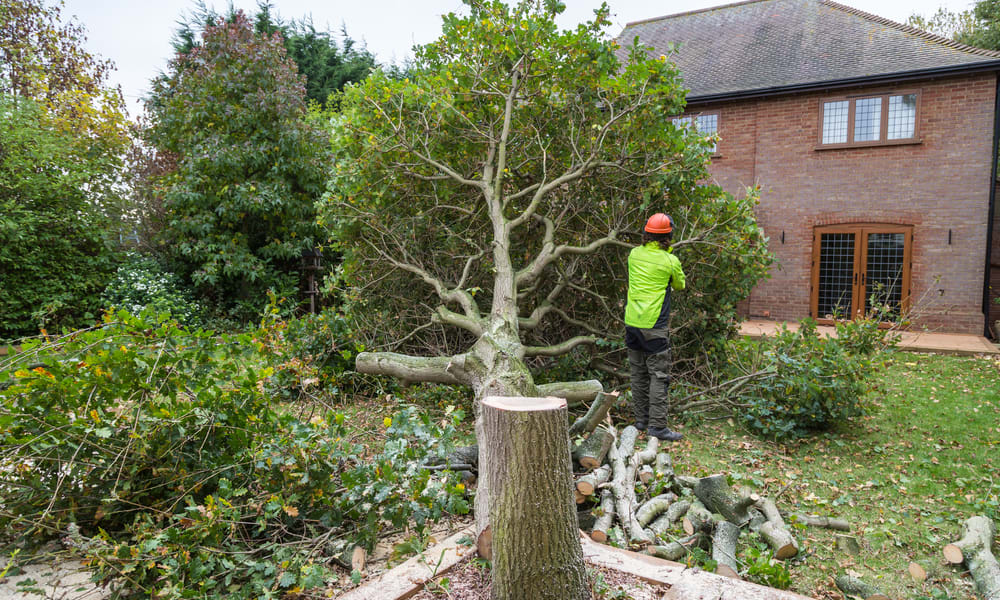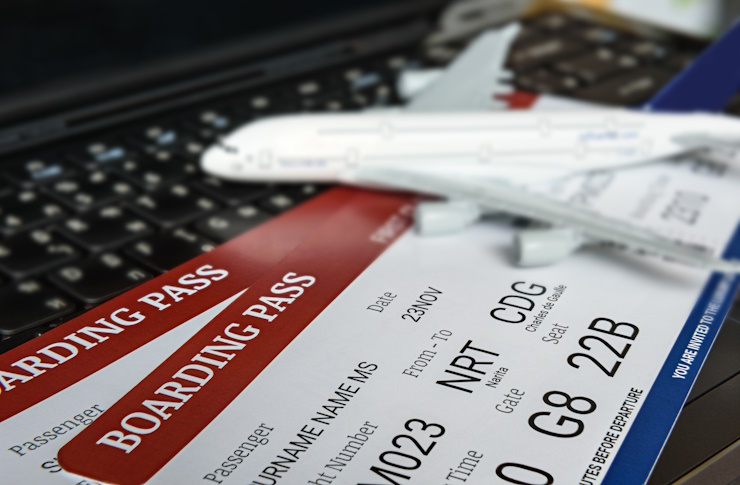How to Find the Best Tree Removal Services and Prices Near You
When a tree poses safety risks or needs to be removed for property improvements, finding reliable tree removal services at reasonable prices becomes essential. This guide explores how to evaluate local tree removal companies, understand pricing factors, and make informed decisions that balance quality and cost for your specific tree removal needs.

Removing trees from your property can be necessary for various reasons – from storm damage to disease, construction needs, or safety concerns. However, finding reputable services at fair prices requires research and understanding of what influences tree removal costs. This comprehensive guide will help you navigate the process of finding quality tree removal services in your area while getting the best value for your investment.
Understanding Tree Removal Service Options
Tree removal services typically offer various levels of service depending on your needs. Standard removal involves cutting down the tree and removing the main trunk. More comprehensive packages might include stump grinding or removal, log splitting, branch chipping, and complete debris cleanup. Some companies also offer specialized services like emergency removal after storms, hazardous tree assessment, or removing trees in difficult locations near structures or power lines.
When researching local companies, ask about their specific service packages and whether they include permits, which may be required in many municipalities before removing trees, especially larger specimens or those in protected areas. Professional arborists can also help determine if removal is necessary or if treatment might save a valuable tree.
Factors Affecting Tree Removal Cost
Tree removal pricing varies significantly based on several key factors. The most influential is usually tree size – both height and trunk diameter. A small ornamental tree might cost between $150-$500 to remove, while large trees exceeding 75 feet can range from $1,500 to over $3,000 depending on complexity.
Location also significantly impacts cost. Trees near structures, power lines, or in difficult-to-access areas require more specialized equipment and safety precautions, increasing the price. The tree’s condition matters too – dead, diseased, or unstable trees may require extra safety measures. Additionally, your geographic location influences pricing due to regional labor costs and local regulations.
Other cost factors include: - Stump removal (typically an additional $100-$400) - Log splitting or wood removal - Season and demand (prices may increase after major storms) - Additional services like branch chipping or complete debris cleanup
How to Compare Tree Removal Cost Estimates
When gathering quotes, ensure you’re comparing equivalent services. Request itemized estimates that clearly outline what’s included and what costs extra. Many homeowners make the mistake of choosing based solely on the bottom-line price, only to face additional charges later.
Ask potential providers about their insurance coverage, including liability insurance and workers’ compensation. Proper insurance protects you from liability if accidents occur on your property during tree removal. Request proof of insurance and verify its validity with the insurance provider.
It’s also advisable to check credentials and certifications. Companies with certified arborists or memberships in professional organizations like the International Society of Arboriculture (ISA) or Tree Care Industry Association (TCIA) often provide higher quality service, though they may charge more than uncertified competitors.
Preparing for Tree Removal in 2025
Industry trends indicate that tree removal costs will likely continue rising in 2025 due to increased operational expenses, insurance requirements, and equipment costs. Additionally, many regions are implementing stricter regulations around tree removal permits and replacement requirements, which may add to overall project costs.
To prepare for tree removal in 2025, consider scheduling non-emergency work during off-peak seasons (typically late fall through winter) when demand is lower and prices may be more competitive. Some companies offer discounts for multiple tree removals done simultaneously, so consider bundling projects if you have several trees needing attention.
Technology is also changing the industry, with more companies using drone assessments, specialized equipment for precision removals, and recycling programs that convert removed trees into mulch or lumber, sometimes offering credits toward removal costs.
Tree Removal Service and Cost Comparison
Below is a comparison of typical tree removal services and their approximate costs based on national averages:
| Service Type | Tree Size | Average Cost Range | What’s Typically Included |
|---|---|---|---|
| Basic Removal | Small (under 30 ft) | $150-$500 | Cutting down tree, cutting trunk into sections |
| Basic Removal | Medium (30-60 ft) | $450-$1,000 | Cutting down tree, cutting trunk into sections |
| Basic Removal | Large (60-80 ft) | $900-$1,800 | Cutting down tree, cutting trunk into sections |
| Basic Removal | Very Large (80+ ft) | $1,500-$3,000+ | Cutting down tree, cutting trunk into sections |
| Stump Grinding | Per stump | $100-$400 | Grinding stump several inches below ground level |
| Complete Package | Medium tree | $700-$1,500 | Tree removal, stump grinding, debris cleanup |
| Emergency Service | Any size | Add 50-100% | After-hours or storm damage removal |
Prices, rates, or cost estimates mentioned in this article are based on the latest available information but may change over time. Independent research is advised before making financial decisions.
Finding Reputable Local Tree Removal Services
Start your search for quality tree removal services by seeking recommendations from neighbors, local gardening groups, or community forums. Online review platforms can provide insights into customer experiences, but look for patterns in reviews rather than focusing on isolated complaints or praise.
When contacting companies, professional communication is often an indicator of service quality. Reputable providers should be willing to visit your property for an in-person assessment before providing a written estimate. During this visit, ask about their approach to the specific challenges your tree presents, equipment they’ll use, and their timeline for completion.
Be wary of significantly lower quotes that seem too good to be true – they often indicate corners being cut, usually in insurance coverage or proper disposal methods. Similarly, be cautious of providers demanding large upfront payments. Most reputable companies request payment upon completion or require only a reasonable deposit.
Finally, get all agreements in writing, including specific services, costs, timeline, cleanup details, and any guarantees offered. This documentation protects both parties and ensures clear expectations throughout the project.
By thoroughly researching options, understanding pricing factors, and carefully vetting potential service providers, you can find quality tree removal services that offer fair pricing and professional results for your specific needs.




